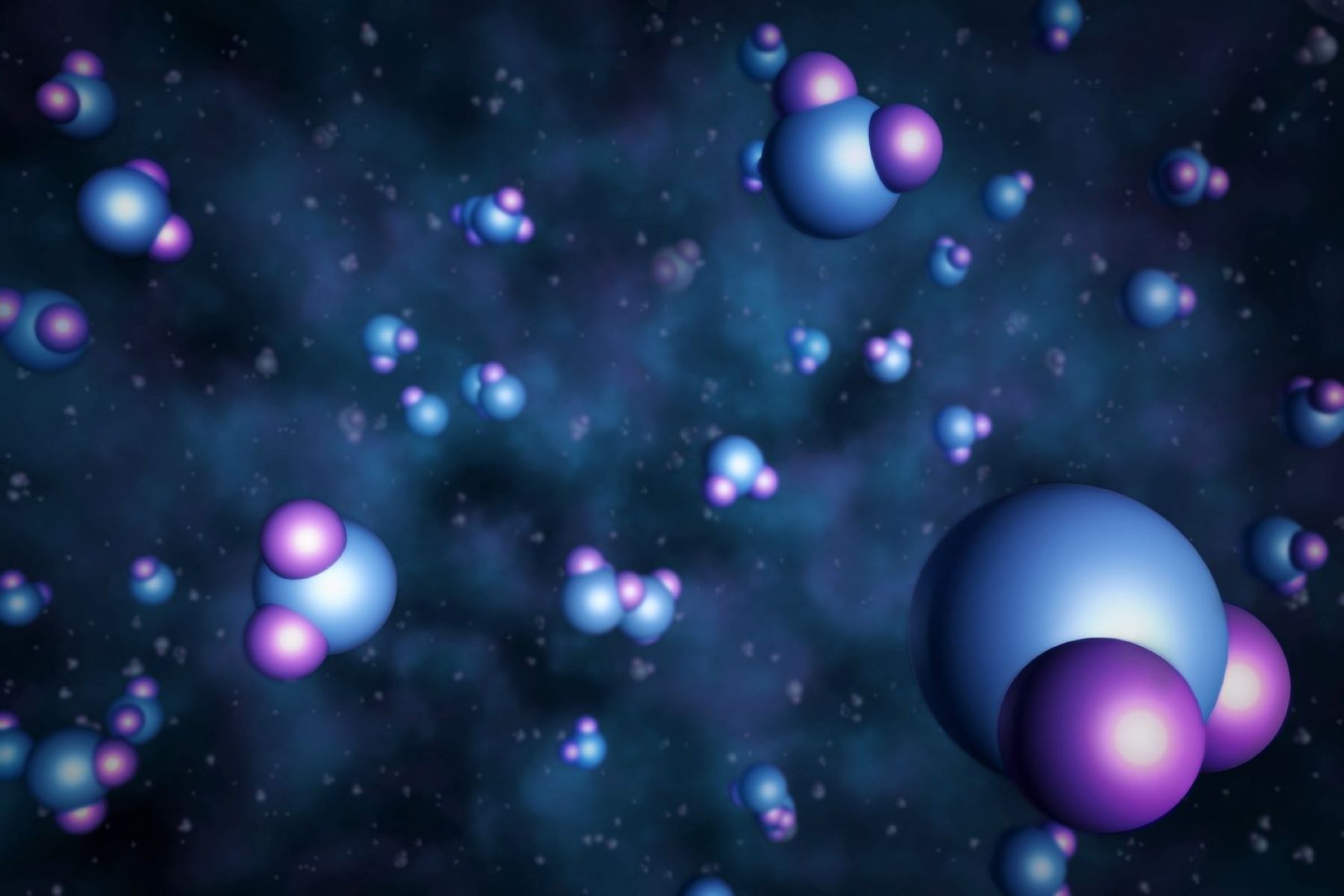
What is the covalent radius? The covalent radius is the measure of the size of an atom that forms part of a single covalent bond. Imagine two atoms sharing electrons to form a bond; the covalent radius is half the distance between the nuclei of these two bonded atoms. This concept helps scientists understand how atoms interact and bond with each other. Knowing the covalent radius is crucial for predicting the behavior of molecules in chemical reactions. It also plays a role in determining the physical properties of substances, such as their boiling and melting points.
What is Covalent Radius?
The covalent radius is a measure of the size of an atom that forms part of a single covalent bond. It helps in understanding the distance between the nuclei of two bonded atoms. Here are some fascinating facts about covalent radius:
- The covalent radius is half the distance between the nuclei of two identical atoms bonded together.
- It is usually measured in picometers (pm) or angstroms (Å).
- Covalent radii can vary depending on the type of bond (single, double, or triple).
- The concept is crucial in predicting molecular geometry and bond lengths.
- It helps in understanding the physical and chemical properties of molecules.
Factors Affecting Covalent Radius
Several factors influence the covalent radius of an atom. These factors can alter the size and behavior of atoms in a molecule.
- Atomic number: Higher atomic numbers generally result in larger covalent radii.
- Electron shielding: More inner electrons can shield outer electrons, increasing the covalent radius.
- Effective nuclear charge: A higher effective nuclear charge can pull electrons closer, reducing the covalent radius.
- Bond type: Single bonds have larger covalent radii compared to double or triple bonds.
- Hybridization: Different hybridization states (sp, sp2, sp3) can affect the covalent radius.
Trends in the Periodic Table
Understanding periodic trends helps in predicting the covalent radius of elements across the periodic table.
- Across a period: Covalent radius decreases from left to right due to increasing nuclear charge.
- Down a group: Covalent radius increases as you move down a group because of added electron shells.
- Transition metals: These elements show less variation in covalent radius across a period.
- Lanthanide contraction: This phenomenon causes a decrease in covalent radius across the lanthanide series.
- Noble gases: Typically, noble gases do not form covalent bonds, so their covalent radii are not usually considered.
Covalent Radius vs. Ionic Radius
Covalent radius and ionic radius are often compared to understand atomic sizes in different bonding scenarios.
- Covalent radius is generally smaller than the ionic radius for the same element.
- Ionic radius depends on the ion's charge; cations are smaller, anions are larger.
- Covalent radius is more relevant for covalent bonding, while ionic radius is crucial for ionic compounds.
- Both radii help in predicting bond lengths and molecular structures.
- Understanding both radii is essential for studying complex chemical reactions.
Applications of Covalent Radius
The concept of covalent radius finds applications in various scientific fields and practical scenarios.
- Molecular modeling: Covalent radius helps in building accurate molecular models.
- Drug design: It aids in predicting how drugs interact with biological molecules.
- Material science: Covalent radius is used to design new materials with specific properties.
- Nanotechnology: Understanding atomic sizes is crucial for developing nanoscale devices.
- Crystallography: Covalent radius helps in determining crystal structures and lattice parameters.
Interesting Facts about Specific Elements
Some elements have unique covalent radii that lead to interesting chemical behaviors.
- Hydrogen: Has the smallest covalent radius of about 31 pm.
- Carbon: Covalent radius varies with hybridization; sp3 (77 pm), sp2 (73 pm), sp (69 pm).
- Fluorine: Has a very small covalent radius (about 64 pm) due to high electronegativity.
- Sulfur: Exhibits different covalent radii in various oxidation states.
- Silicon: Larger covalent radius (about 111 pm) compared to carbon, affecting its semiconductor properties.
Measuring Covalent Radius
Various methods are used to measure the covalent radius of atoms accurately.
- X-ray diffraction: Commonly used to determine bond lengths and covalent radii.
- Electron diffraction: Another technique for measuring atomic distances in molecules.
- Spectroscopy: Provides information about bond lengths and atomic sizes.
- Computational methods: Quantum chemistry calculations can predict covalent radii.
- Empirical data: Collected from various experiments to create reliable covalent radius tables.
Covalent Radius in Chemical Reactions
The covalent radius plays a significant role in understanding and predicting chemical reactions.
- Reaction rates: Smaller covalent radii can lead to faster reaction rates due to closer atomic interactions.
Final Thoughts on Covalent Radius
Understanding the covalent radius helps grasp how atoms bond and interact. This knowledge is crucial for fields like chemistry and materials science. Covalent radius varies across the periodic table, influenced by factors like atomic size and electron configuration. Smaller atoms, like hydrogen, have a smaller covalent radius, while larger atoms, like iodine, have a larger one. This concept also explains why certain elements form stronger bonds. For instance, carbon forms strong covalent bonds due to its optimal radius. Knowing these facts can aid in predicting molecular behavior and designing new materials. Whether you're a student, a researcher, or just curious, understanding covalent radius offers valuable insights into the atomic world. Keep exploring, and you'll uncover even more fascinating details about how our universe works.
Was this page helpful?
Our commitment to delivering trustworthy and engaging content is at the heart of what we do. Each fact on our site is contributed by real users like you, bringing a wealth of diverse insights and information. To ensure the highest standards of accuracy and reliability, our dedicated editors meticulously review each submission. This process guarantees that the facts we share are not only fascinating but also credible. Trust in our commitment to quality and authenticity as you explore and learn with us.


